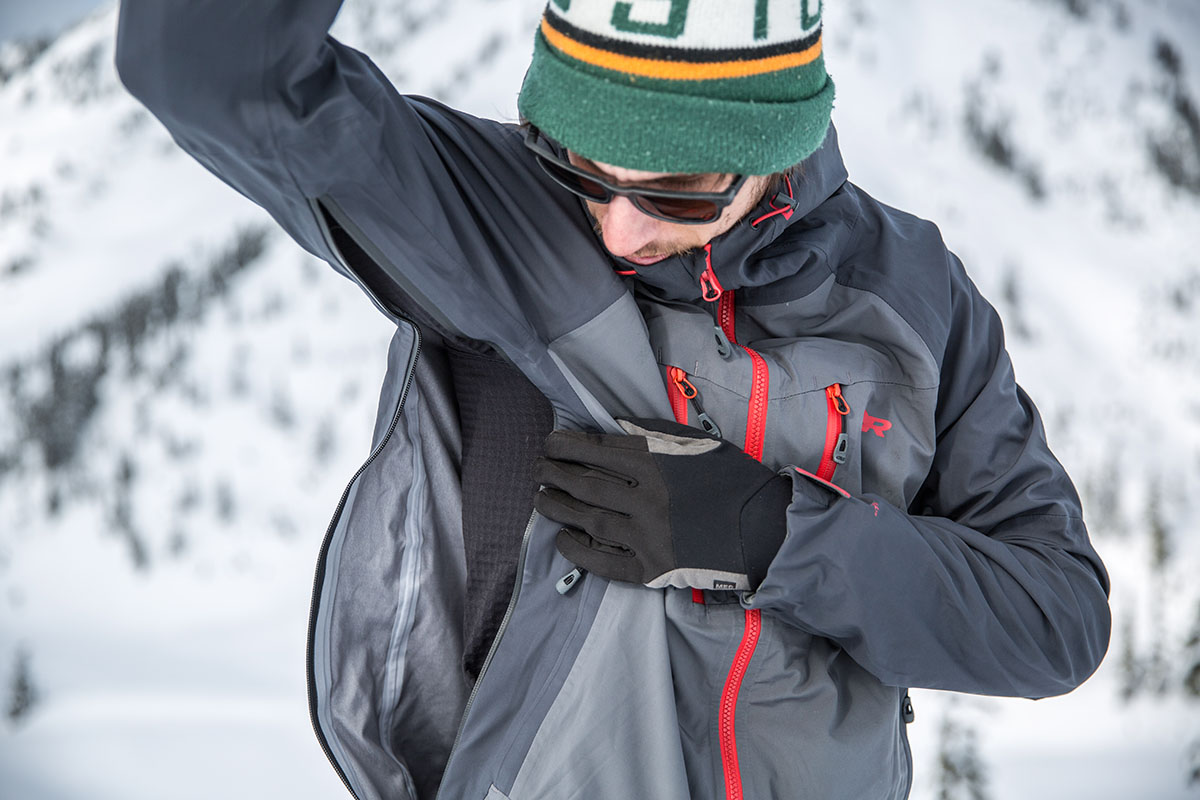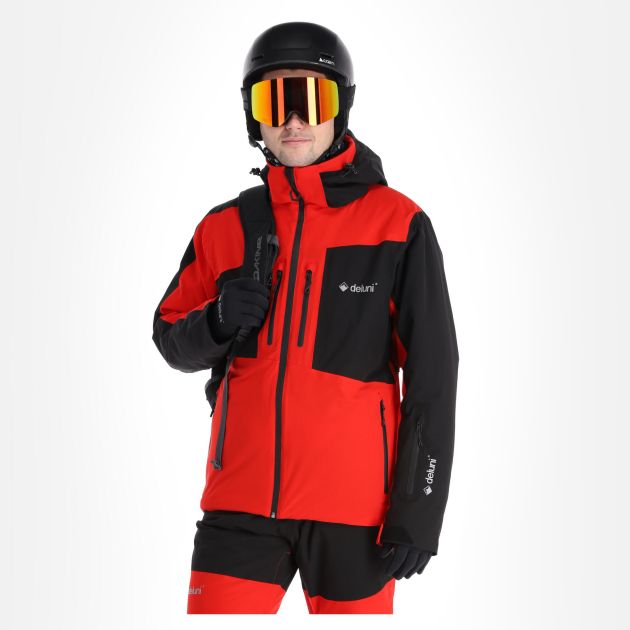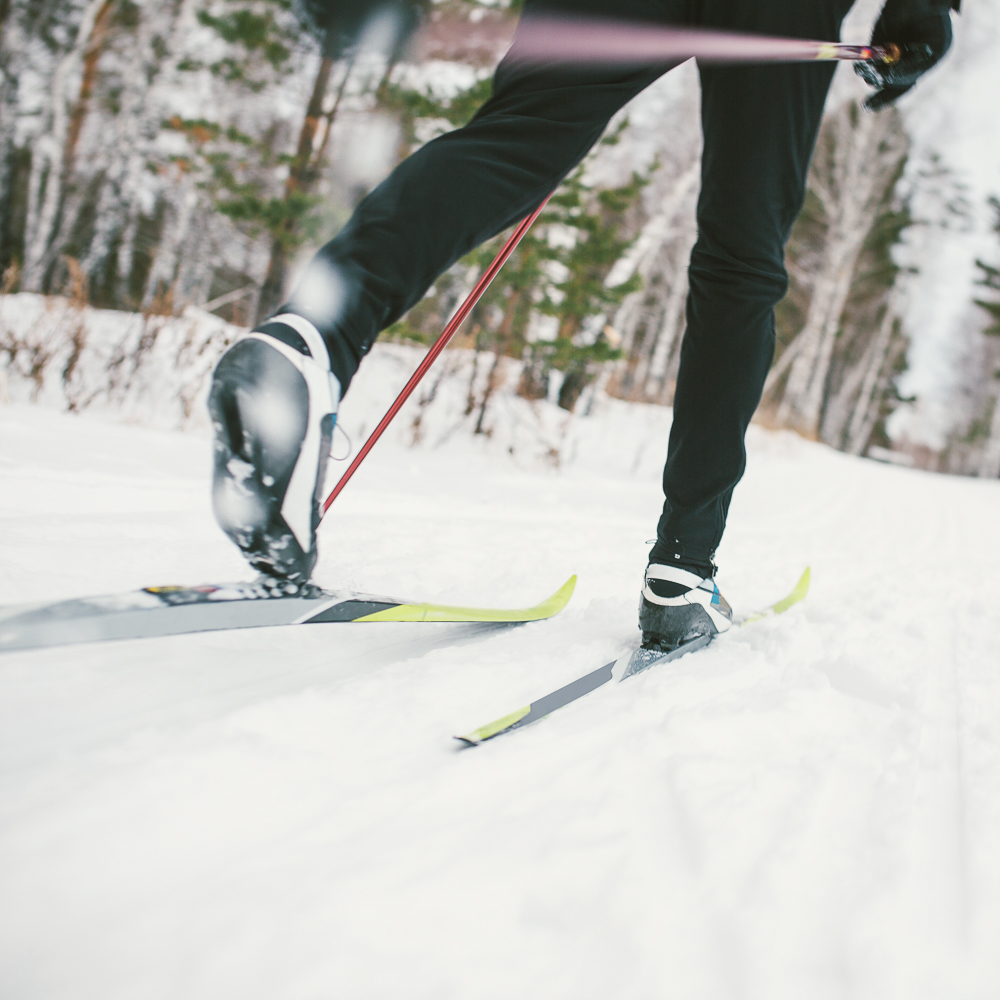
Nordic skiing offers a unique way to experience the mountains without having to deal with the crowds and high cost of downhill ski resorts. There are many benefits to Nordic skiing, including a good workout and stunning scenery.
No matter your level of skiing ability, the Nordic trail is sure to make for an unforgettable winter experience. Here are some tips to help find the best ski trails on your next trip.
First, choose a resort with excellent Nordic trails. There are many types of Nordic ski trails. These include classic cross-country, telemark, and backcountry. You can research every resort and each ski trail to help you choose the right one.
Nordic skiing resorts may offer more than ski trails. Some also offer a variety of winter activities and rentals. Stratton Mountain Resort is one example. It has 10kms of groomed Nordic trail, along with fat biking or snowshoeing.
Another popular destination for Nordic skiing is Brian Head in Utah, which offers wide-open skiing with fluffy snow and a family-friendly atmosphere. There are many events at the resort and it is a good place for beginners to learn Nordic skiing.

One of the largest and most varied Nordic trails systems in the country is found in Stowe, Vermont. There are many trails that offer a variety in difficulty levels, from beginner to expert.
Stratton’s 2.5-mile Nordic Loop is a good choice for beginners as well as those just starting. There are enough ups and downs for everyone. Crossovers let you adapt your skill set as you go.
If you are new to Nordic skiing, it is important to read the signs that tell you how to use the trails. They are there to ensure that the area is safe and to provide guidance.
It is important to keep your speed down and avoid classic tracks. These are simple precautions that will keep you safe and give you an enjoyable experience.
Although the trails are marked and well-maintained, it's important to remain aware of your surroundings. This is especially true if you're traveling off-piste. It can be hard to stay on the right path.
Other tips to remember include:

To ensure safety and comfort, you should stay on the paved surface. You also need to make sure you are wearing the right gear for the environment. You should also wear insulated gloves, boots, and hats.
It is also important to wear your skis on their side when you're walking. This will prevent you from falling and tripping.
If you're going to be skiing with your dog, ensure that you read the rules at each Nordic resort. Some places prohibit dogs, while others allow them to stay in certain areas.
Take a lesson from an instructor if your sport is new. This service is offered by most resorts. You can save time and get a lesson from a professional. You can learn a lot faster and have a better understanding by having an instructor.
FAQ
Should I get travel insurance?
Travel insurance is essential if you are planning on doing something adventurous. It is important to have insurance that covers all types of adventure sports.
For example, if you are skiing, you should ensure that you have medical coverage. You should also consider getting coverage for theft, damage, and loss.
Consider purchasing cancellation coverage. This means that you can cancel your holiday without paying any penalties.
It is also a good idea if you are able to get emergency evacuation cover. In the case of an avalanche and other natural disaster, you can be evacuated from the mountain.
How much luggage should I take with me?
The length of the trip will affect how much luggage that you can take. If you are traveling by plane, you only need hand baggage, usually less than 20kg. You will need more space if you travel by train or bus.
An airport form with information regarding your flight will be handed to you upon arrival. This will include information like the weight of your bag and whether you need assistance in checking them in.
This should be checked before you leave home. If you don't, then you could find yourself waiting around for hours while everyone else checks their luggage.
It is best to travel light because you never know what might happen. If your bag is lost or damaged, you will not have any clothes.
What's the first thing you should do when you arrive at your travel destination?
It is a good idea to have a plan for when you get to a destination. It lets you know what's expected and where to go.
You need to plan ahead to ensure you don't miss anything important.
For example, if you plan on visiting a city for more then one day, make sure you research which parks, museums, and landmarks are available.
Also, you may want to look into getting a map of the area and reading up on the region's history.
Statistics
- Case in point: the private island of Ilha Caldeira, less than seven miles off the coast as part of the Primeiras and Segundas Archipelago, is located within the marine-protected area with 20 percent of the country's intact living coral. (travelandleisure.com)
- No Checked Bags: No Alcoholic beverages with more than 70% alcohol (over 140 proof), including grain alcohol and 151 proof rum. (tsa.gov)
- Pack sweaters, jackets, and underwear in reusable compression bags creating up to 75% more space in your luggage. (wikihow.com)
- You can use compression sacs or cubes to reduce the volume of your clothes by up to 80%—this is especially convenient for bulky items such as sweaters and jackets. (eaglecreek.com)
- That's an 18% jump from 2019, the previous record year. (travelandleisure.com)
External Links
How To
What are your top travel tips?
It's an exciting time to travel, but there are many dangers you should avoid if your goal is to make it a safe and enjoyable experience.
Here are some basic tips to help you plan your next vacation.
-
Make sure to book early. The prices will be lower if you book early. Last-minute deals by airlines and hotels can also be saved money.
-
Stay-at-budget accommodations. You get more for your money in cheap hotels. They are located near shopping and public transportation.
-
Don't overpack. Make sure to pack light. Keep room for souvenirs. Make sure you bring clothes that fit well and don’t wrinkle easily.
-
Use common sense. Do not walk alone if you're travelling solo. Avoid areas with high crime and insecure neighborhoods.
-
Make sure you take preventative measures against theft. Keep valuables away from prying eyes. Swimming is a great way to keep valuables safe.
-
Cash is a dangerous thing. Tourists in foreign countries are often the targets of thieves. Keep your money away from prying eyes and only use ATMs at banks or protected facilities.
-
Be familiar with your surroundings. Prior to booking a room in a hotel, make sure you understand how public transport works. You can find out more about popular attractions, restaurants, or other sights.
-
Read up on safety. Before you travel to another country, be familiar with the customs, laws, and culture.
-
Have fun. Enjoy the ride, no matter what. It's worth it.